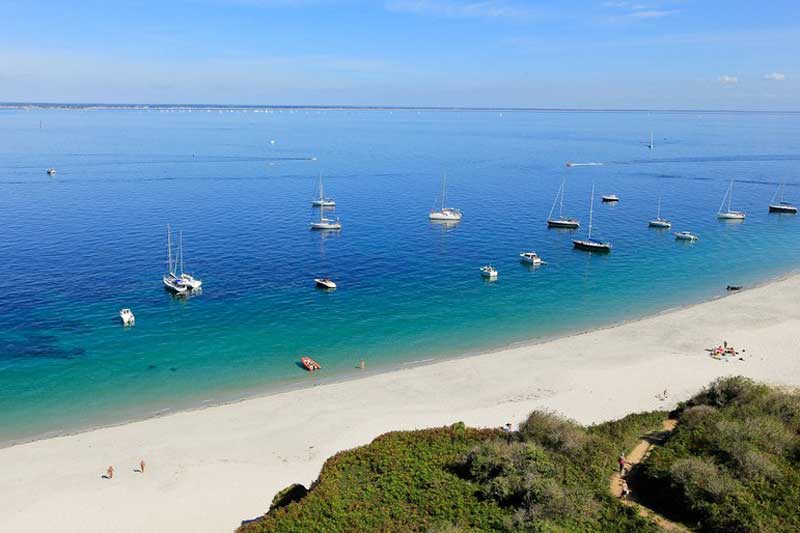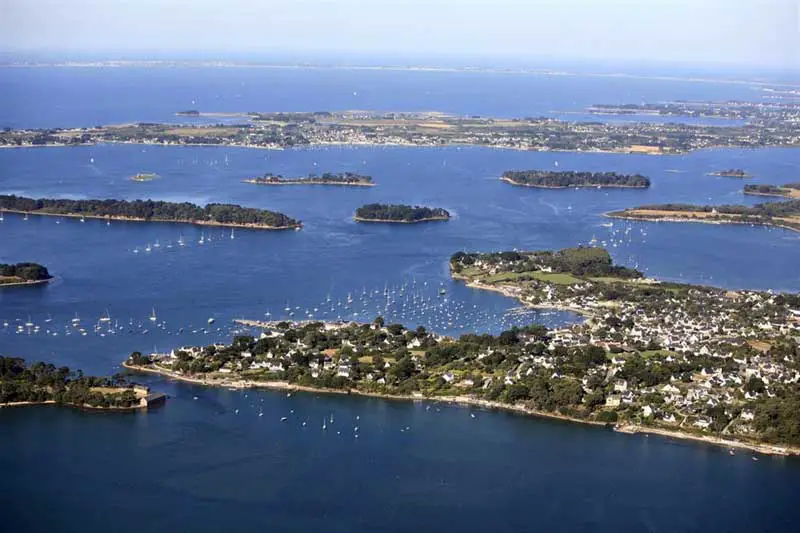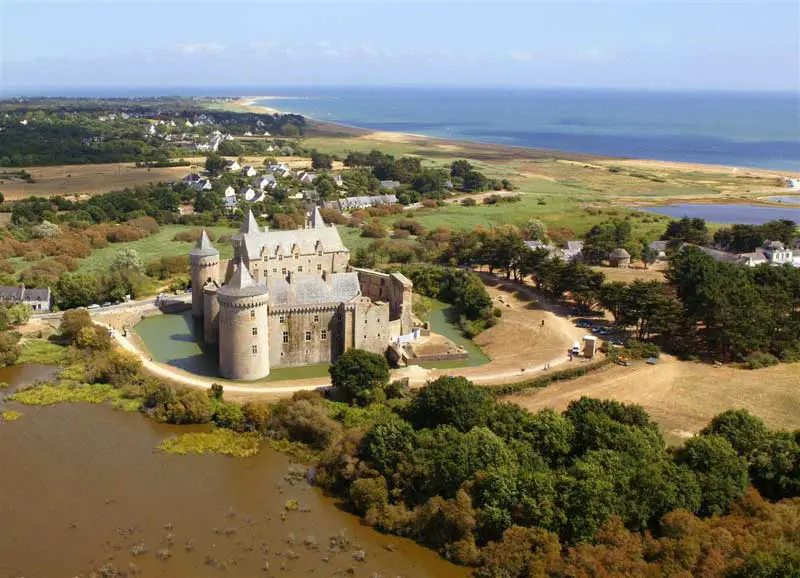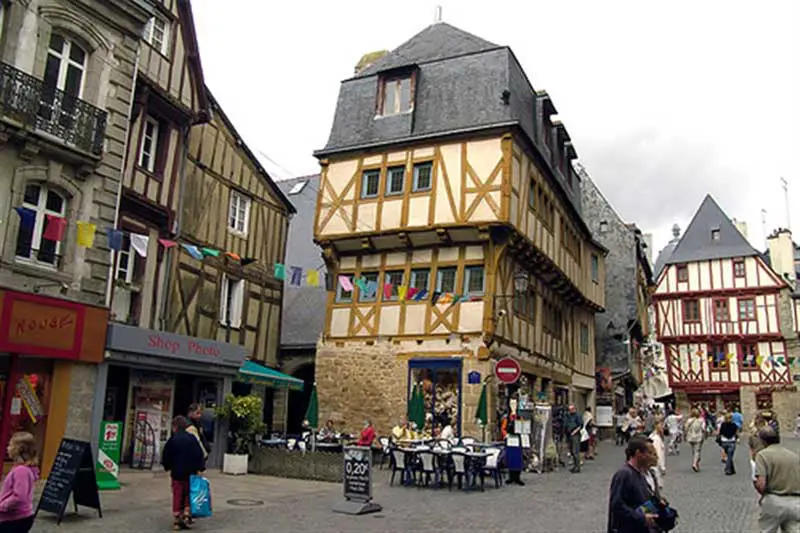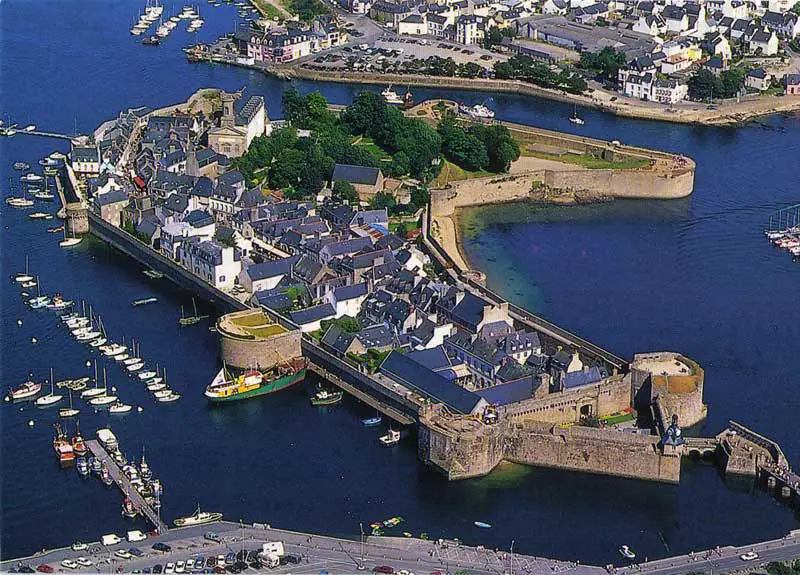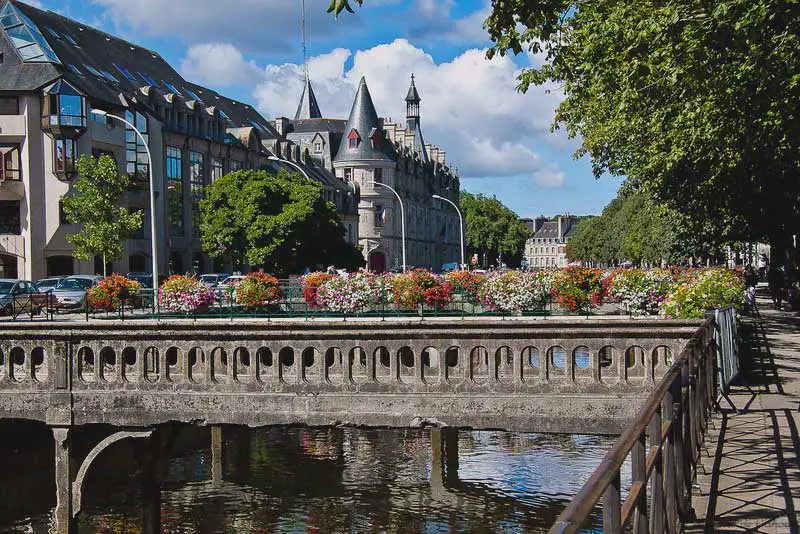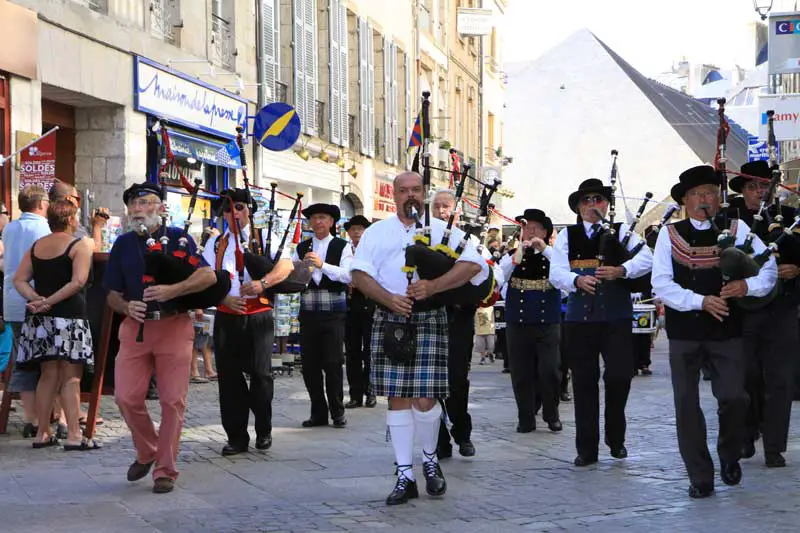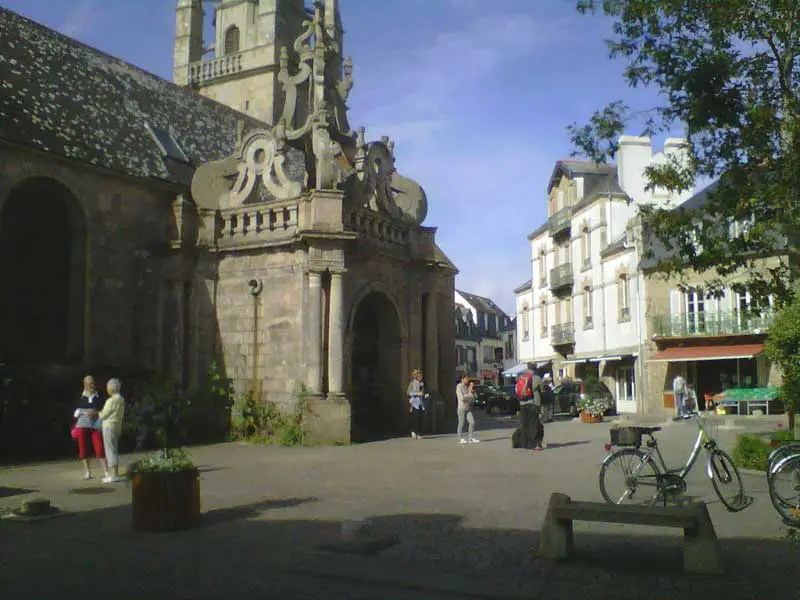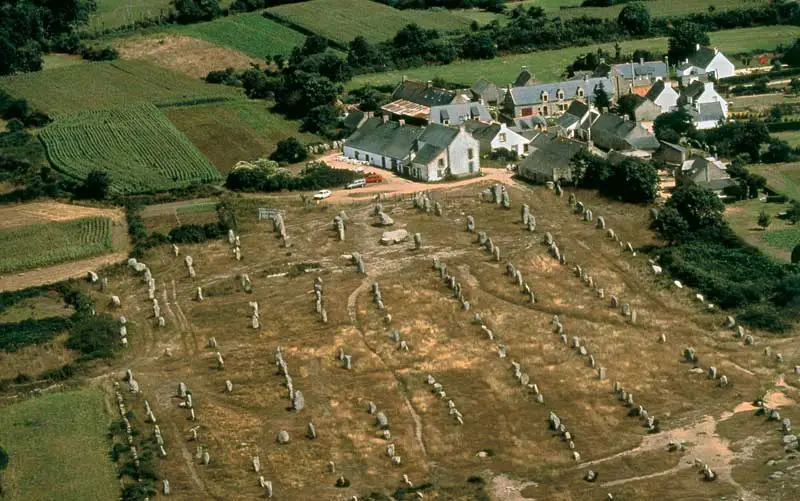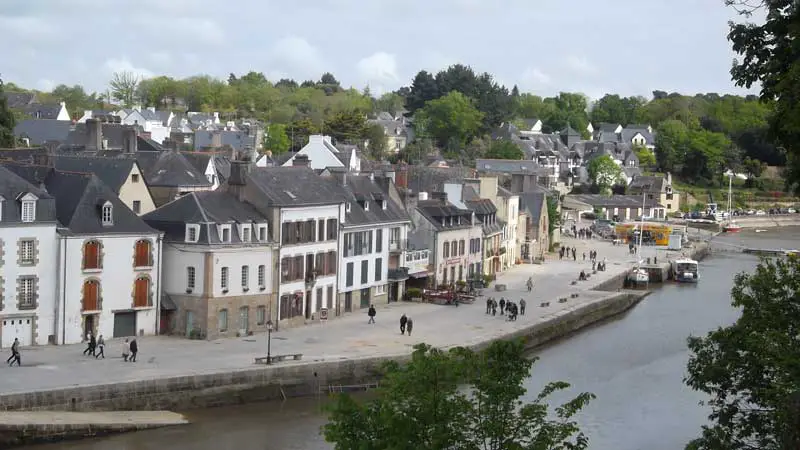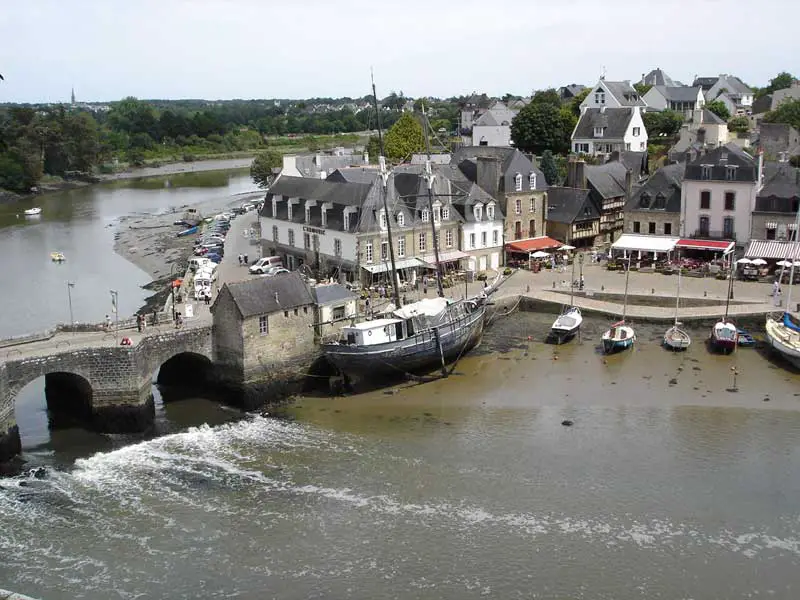Lorient, France
Lorient, a relatively new town founded in the 17th century, has
fragments of world history intermingled with its heritage and
landscapes. Its houses, beaches and quays tell tales of the conquest of
India and the East Indies, deep sea fishing, the Second World War, the
growing popularity of ocean racing and the restored pride of the Celtic
nations.
Facing East.
The French East India Company, or Compagnie des Indes, was established
in 1664 in the heart of the bay, at Port-Louis. Operations rapidly
spread to the other side of the river Scorff. In the new shipyards a
ship named Soleil d’Orient, but nicknamed L’Orient, was built –
and the new town had a name! Up until Company’s closure, the city took
advantage of its prosperity. In 1738, there were 14,000 inhabitants, or
20,000 considering the outlying villages of Kerentrech, Merville, La
Perrière, Calvin, and Keryado, which are now neighbourhoods
comprised in the present-day city limits. In 1735, new streets were
laid down and in 1738, it was granted city status.
The French Royal Navy opened a base there in 1690, under the command of
Colbert de Seignelay, who inherited his father’s position as Secretary
of State of the Navy. At the same time, privateers from Saint-Malo took
shelter there. In 1700, the town grew out of l’Enclot following a law
forcing people to leave the domain to move to the Faouedic heath. The
view of the Port-Louis citadel and the harbour, with the Tour de la
Decouverte signal tower and the Gabriel sales rooms recall the
prosperity of the colourful days of silks and spices.
As Lorient’s business activities developed and diversified, ports were
built to match: a military port, a commercial port at Kergroise, and a
fishing port at Kéroman – now France’s second largest fishing
port. The quayside and the fish auctions are a hive of activity every
morning, involving men, boats and machines. Sparklingly fresh fish and
seafood are taken straight to the indoor market at Merville.
Lorient is located on the south coast of Brittany, where the Scorff
river and the Blavet river join to form the roadstead of Lorient,
before discharging into the Atlantic Ocean. To the south of the city,
the Ter river used to flow into the estuary as well, but a dam was
built in 1967, so it is now a pond. The city is 503 km south-west of
Paris, 153 km south-west of Rennes and 158 kilometres north-west of
Nantes.
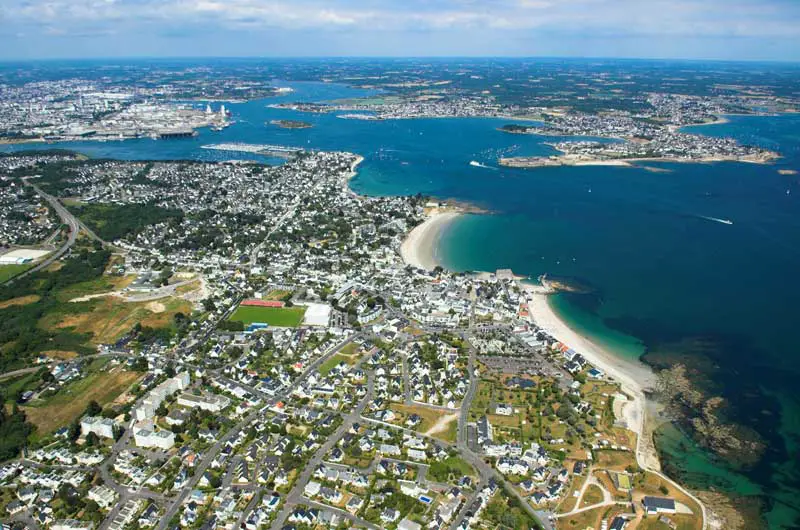
Plan and Book:



Lorient, France: See and Do
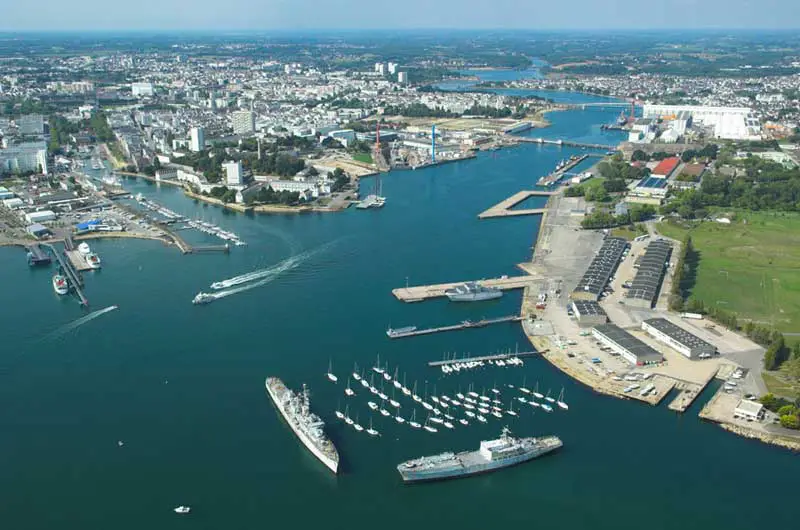
Once a base for French colonialism, Lorient boasts the Musˆ©e de la Compagnie des Indes, a museum displaying artifacts from 1660 to the end of the 18th century. A
submarine base was set up there by the German army between 1941 and
1943. Today, these concrete blocks pose no threat. They’ve become a
museum of submersible craft and the submarineFlore, which is now a
visitor attraction. In the centre of town, a bomb shelter has been
re-opened to show what life was really like at that time. In the
town’s streets, Art Deco houses from the 1930s that survived the
bombings stand side by side with post-war buildings constructed in a
more contemporary style.
The marina and ferry port are flooded every year by a human wave that’s
here to celebrate the Celtic nations. With a glorious mix of kilts,
Breton bagpipes, Irish fiddles and Galician pipes, the Festival
Interceltique celebrates a thriving culture. After the grand parade
opened by the local Lann-Bihoue pipe band, there follows a succession
of concerts, ‘fest-noz’ and great feasts, full of warmth and
friendliness.
To help you recover from all the excitement of the town, the coastline
extends as far as the Laita estuary. Facing the bay that is like a
little inland sea, Larmor-Plage has all the allure of a Brittany
Riviera. A coastal walk takes you past the villas and carries on
westwards, with the Ile de Groix on the horizon. Facing the ocean is a
string of beaches and harbours. Lomener is a pleasant spot to stop for
a rest before continuing to Le Fort-Bloque, with its 18th century fort
that is accessible at low tide. Then you come to the beaches at
Guidel-plages, a popular spot among surfers. Between Finistere and
Morbihan is Bas-Pouldu beach, and here the landscape changes as the
wooded shores, sandbanks and river meet the Atlantic tides.
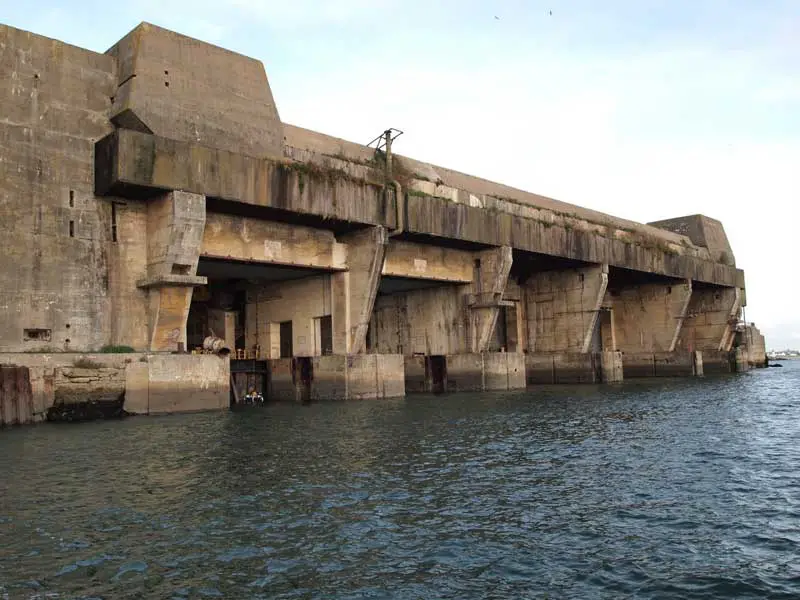
Lorient Submarine Base
In 1941, the Germans, then occupying France, chose to establish one
of their U-boat headquarters in Keroman, a neighborhood of Lorient. But
the submarines quickly became targets of constant bombing from Allied
air forces. The Germans decided to build five U-boat bases on France’s
Atlantic Coast – at Brest, Lorient (Keroman), St Nazaire, La Rochelle
and Bordeaux – and a Mediterranean base at Toulon. The largest of
these, in Keroman, would house the 2nd and the 10th U-boat flotillas
for the bulk of the Battle of the Atlantic. Karl Donitz, then supreme
commander of the U-boat Arm, moved his staff in the Kernevel villa,
just across the water from Keroman, in Larmor-Plage. The construction
required the participation of 15,000 workers. The three bases have
impressive dimensions and were constructed and subsequently coined KI,
KII, KIII. The submarine base area has changed over the years.
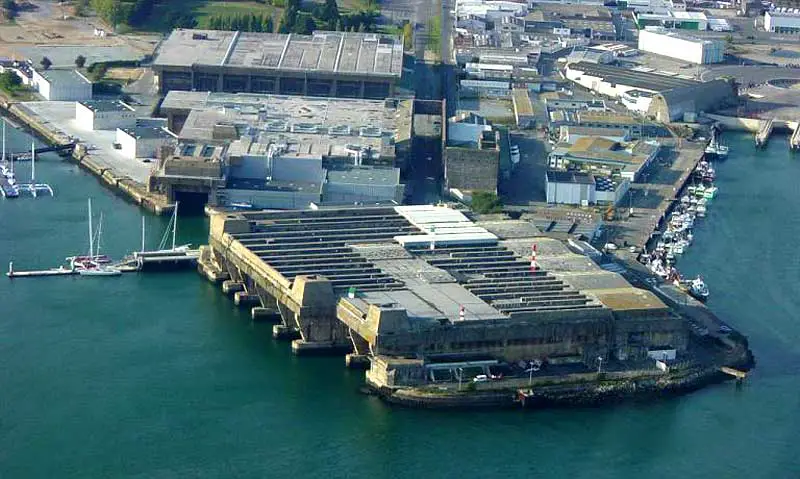
In 1943–1944, Lorient was nearly razed to the ground by Allied
bombing, which failed to destroy the submarine pens, despite 4,000 tons
of bombs dropped. According to the book, “Steel Boats, Iron Hearts”, by
former U-505 crewman Hans Goebeler, after the allies failed to damage
the U-Boat bunkers the bombing shifted to the city itself in order to
deny the Germans workers and other resources. Before these bombings,
thousands of leaflets were dropped on the population instructing the
inhabitants to evacuate. It is now is open to the public: offering an
amazing blend of history, water sports, and tourism and future projects
still to come.
The submarine base has now been re-launched, setting sail for its
new vocation as an ocean racing centre. Its flagship is the Cite de la
Voile Eric Tabarly (Sailing World). On a vessel built of metal and
glass, visitors can start learning about the world of yachting with
fun, interactive workshops.
Design by W3layouts

